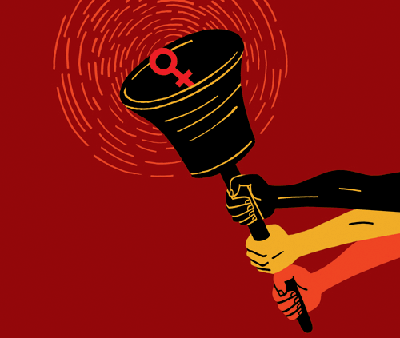Rosa trembled as she began telling me her story. It was 2004, and we were in a hotel room in Guatemala City where, as the Rapporteur for Women’s Rights on the Inter-American Commission on Human Rights, I received testimony about femicide cases. Of the many tragic stories I heard, this one particularly stood out.
In December 2001, Rosa found the inert and abused body of her teenage daughter, María Isabel. The 15-year-old had been beaten and left for dead. her distraught mother sought help from local authorities, only to be continually rebuffed. One official even sniffed that her daughter was just a “nobody,” so there was no point bothering about her now. As she told me her story, Rosa trembled more from rage than fear.
I couldn’t blame her. It was the kind of rage that starts deep inside, as a woman from Ayacucho, Peru, told me as she recounted a similar story, “when there is not enough justice for us.” The litany of abuses against women, such as those I have met in Mexico, the Colombian Chocó region, in the Sierra Nevada of Colombia’s Santa Marta, in Comuna 13 of Medellin, or in Buenos Aires, ought to arouse similar anger from all of us.
Rosa and María Isabel may finally get the justice they deserve through the Inter-American system. The case is now on the docket of the seven-member Inter-American Court of Human Rights (Court). The Court will also hear evidence on the infamous femicide cases of Ciudad Juárez in Mexico, or in Guatemala where, in the past three years, at least 600 women have been brutally murdered. These cases illustrate the achievements of the 50-year-old Inter-American Commission on Human Rights (Commission) in opening a path to justice for hundreds of thousands of women and human rights victims in our hemisphere…





